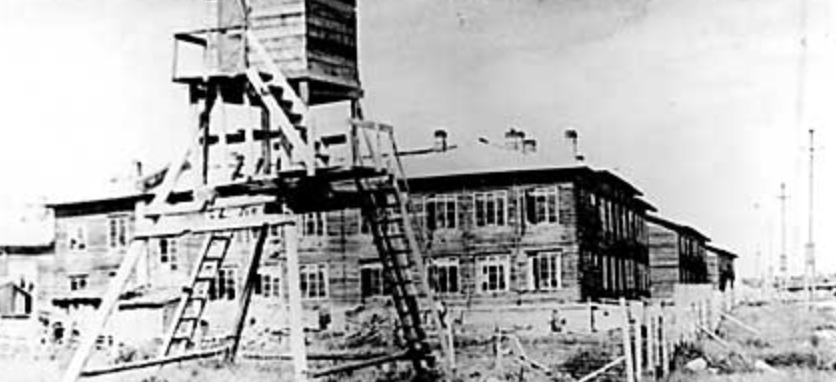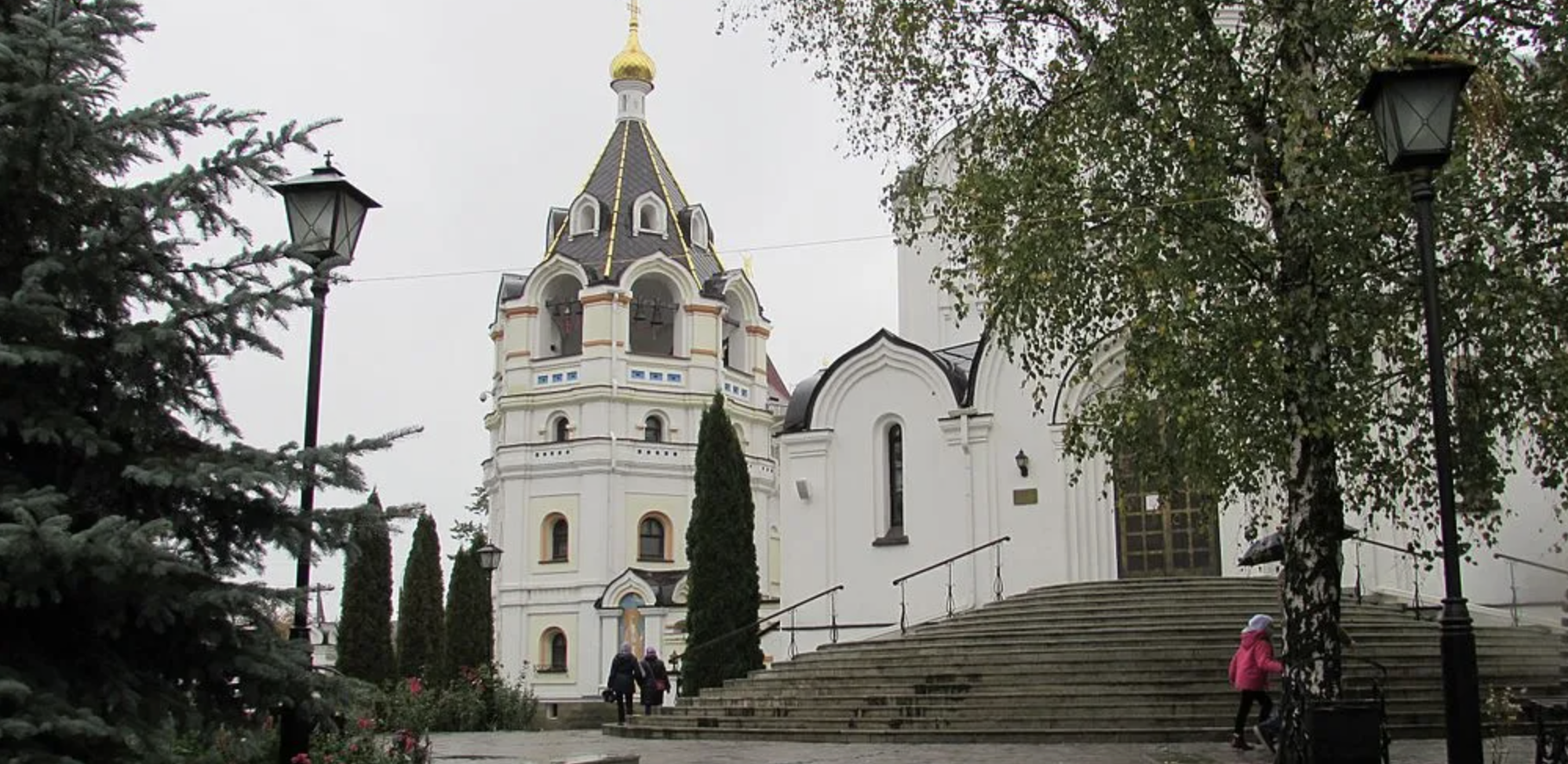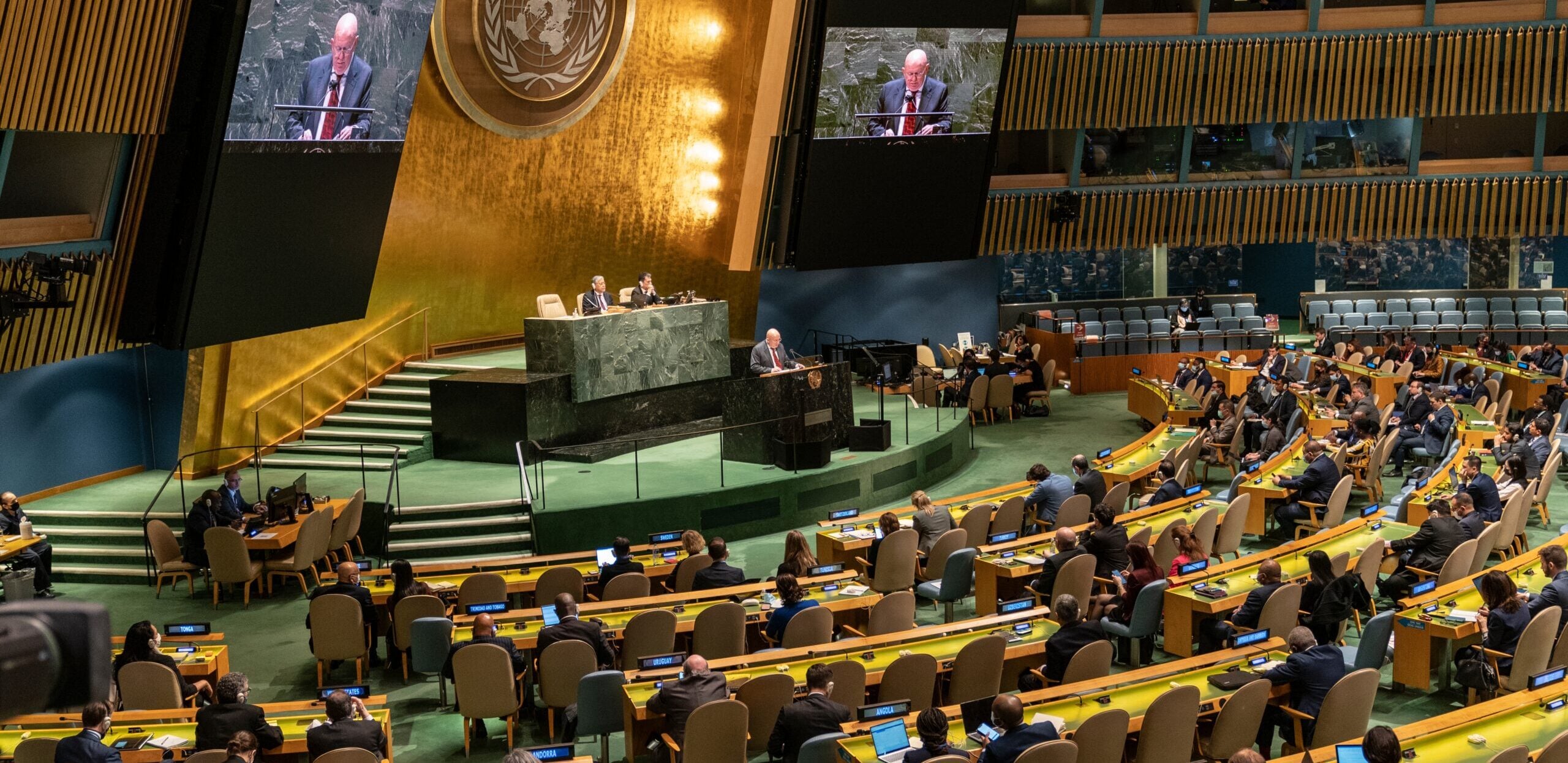
The Kengir uprising came to an end after 42 days on June 26, 1954.
Thousands of unarmed prisoners at the Steplag camp – part of the vast Gulag system of forced labor camps run by the Soviet Union under Joseph Stalin in Kazakhstan. They rose up against brutal conditions and rampant injustice. For more than a month, they demanded change from Moscow.
Although the uprising was violently crushed, its impact far exceeded the heavy toll. In many ways, the Kengir prisoners achieved a victory: within a few years, two-thirds of the inmates were released, and the forced labor camps were dismantled. These widespread rebellions in the Gulag shook the Soviet leadership’s confidence in their ability to maintain control even over their own camps.
On this anniversary, the Ukrainian World Congress shares a piece by Ukrainian writer and intellectual Oksana Zabuzhko dedicated to this historic event.
Source: Zabuzhko on Facebook
Today marks 60 years [71 years in 2025 — ed.] since the Kengir uprising — a date that should be remembered in every calendar and taught in every history book.
Yes, the uprising was crushed. Our girls, dressed in traditional embroidered shirts, linked hands to block the advancing troops — and were run over by tanks. (“So what did you accomplish?” — the guards probably laughed, just as cruelly as today.)
But now we know exactly what the Kengir uprising achieved: it helped bring down the Gulag system. After Kengir — the “brotherhood of blood” — the “thieves,” who until then ruled the camps in alliance with the administration, finally acknowledged the authority of the “political prisoners” throughout the Gulag.
The Gulag became known as “Banderite,” a reference to the Ukrainian nationalist leader Stepan Bandera.
This meant Stalin’s entire system was sitting on a massive powder keg.
Nikita Khrushchev made the one decision that could save the USSR (and the entire socialist bloc) from exploding — he “defused the bomb.”
This led to the 20th Party Congress, the dismantling of the Gulag, and Khrushchev’s “Thaw” — the greatest liberal reform in Soviet history that shook the entire world. (The later reform under Gorbachev came too late to save the empire.) In the process, millions of lives were saved — including those not yet born.
What’s the takeaway? People can never predict the long-term consequences of their actions.
But they always have the freedom to choose: either submit to evil (by “collaborating with the administration”) or resist it. For the participants, the uprising was “simply” their own Revolution of Dignity — their own Maidan. (Before that, uprisings had erupted in Krasnoyarsk, Norilsk, Vorkuta — wherever the “Banderite stages” were sent. From inside history, no one can foresee exactly when the tipping point will come and quantity will transform into quality.)
As a prisoner at Kengir, you couldn’t know: if I stand up to the tank now, in two years Khrushchev will dismantle the Gulag and Ukraine will survive. All you can do is hold fast to what you believe in. Then you will surely win — even if you are killed along the way, you will change the world. And without knowing it, you will save what you fought for.
Let us remember Kengir. Let us give thanks for Kengir. We still don’t fully realize how much we owe it.
Cover: Ukrainian Institute of National Memory










